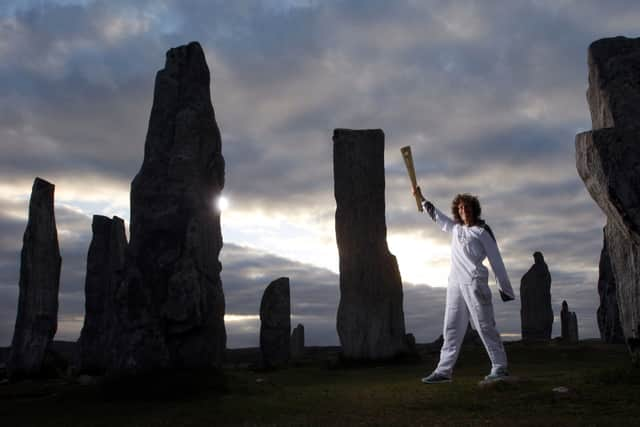Charging an entrance fee to see ancient sites like the 5,000-year-old Calanais standing stones should worry us all


Things are set for a major shake-up at one of the most important cultural sites in the UK. The Calanais standing stones on the Isle of Lewis just off the Scottish mainland is a neolithic site that we may have to pay to see soon.
Historic Environment Scotland (HES) - Scotland's main heritage agency - plans to bring in an admission fee for the site that coincides with a £6m renovation of visitor facilities at the site to keep up with a rise in tourism to the Western Isles.
Advertisement
Hide AdAdvertisement
Hide AdThe site is only accessible by ferry and with the latest measures, people may be put off making the journey at all. Let's not forget this cost-of-living crisis is not showing any signs of letting up. We can't use culture as a means to prop up losses and leave people further out of pocket.
The Calanais stones were erected from about 2900BC onwards, predating the stone circle at Stonehenge, and are made up of a central stone circle to which a cruciform arrangement of stones was later added.


While Stonehenge can still be seen for free, it's hard to see the logic here. Yes, extra funds would help safeguard the site. But why are we so keen to put a price on elements of shared UK culture? It invokes the same anger in me that many museum admission charges do - (thank god the V&A is free!)
First of all, who can firmly say who a site that dates this far back actually belongs to? It predates the Romans by thousands of years, arguably predates Norse invaders, and of course predates other institutions we hold today such as monarchy and religion.
Advertisement
Hide AdAdvertisement
Hide AdAnd it's hard to see people being charged a fee to see it all those years ago it was first erected either.
Yes, it is technically owned by HES today but that isn't going to stop locals being put off by the admission fee or concerns about the impact this could have on tourism and staycations.
Adding to this, it seems others agree with me.
Speaking to the Guardian, Malcolm McLean, former chair of the UN-linked cultural body Unesco Scotland who has been visiting Calanais for 40 years, spoke on the admission charge
He said: “It will be a highly controversial decision on the island.
Advertisement
Hide AdAdvertisement
Hide Ad"From a community perspective, people see this as a place that’s open and they can come and go at any time.”
Many would find it “very difficult to deal with” if it was fenced in as a paying attraction, he said.
Other similar sites have taken similar measures in the past
The site of Skara Brae, a coastal village in Orkney that was exposed by a winter storm in 185 was initially free to visit but is now enclosed behind a fence with entry controlled through a visitor centre that charges up to £12.50 for adults
The Calanais stones are an ancient ritual site where people would gather. We should be doing all we can to ensure it doesn't become a controlled, fenced-off artefact that is kept out of reach.
Comment Guidelines
National World encourages reader discussion on our stories. User feedback, insights and back-and-forth exchanges add a rich layer of context to reporting. Please review our Community Guidelines before commenting.
